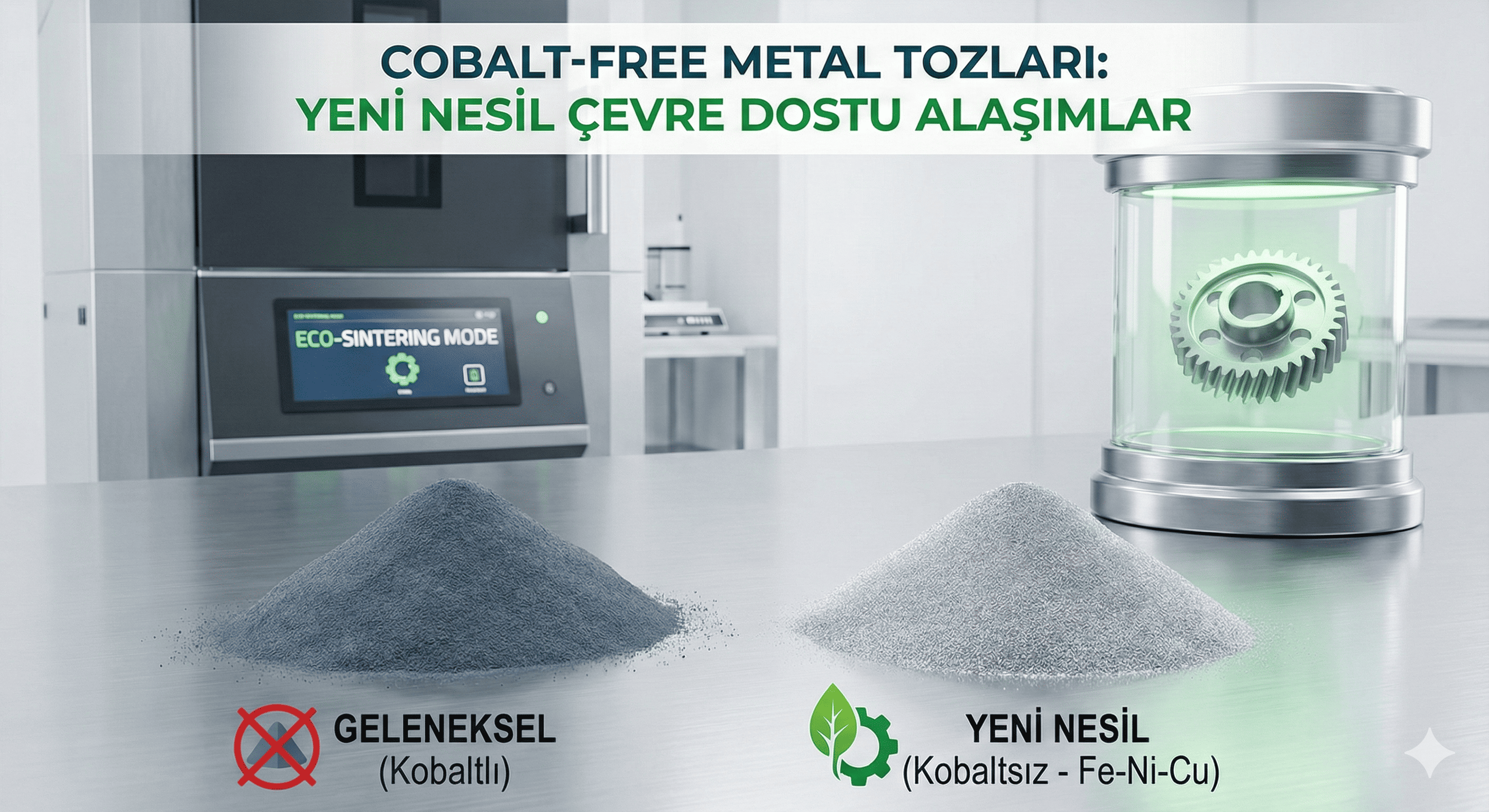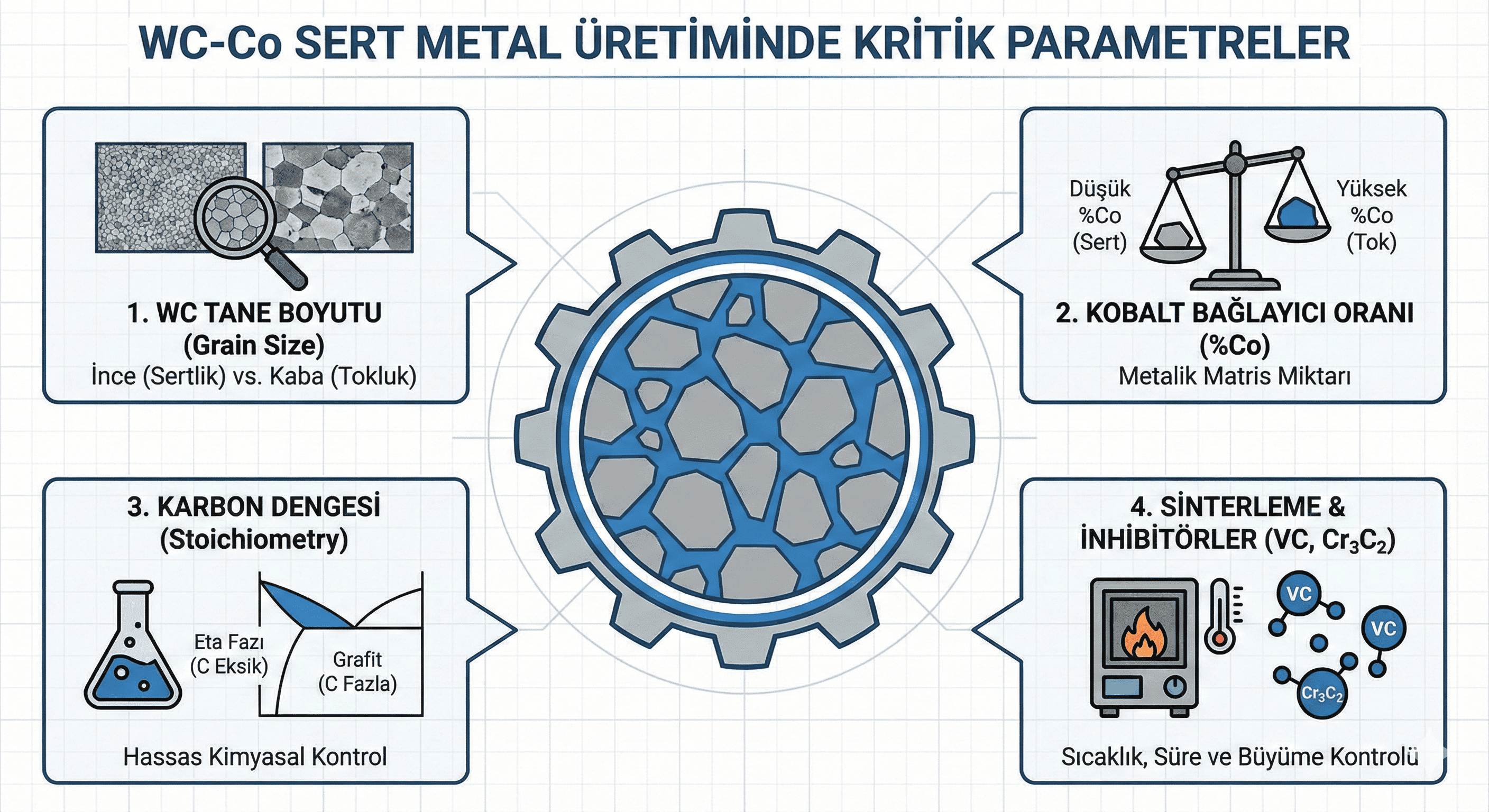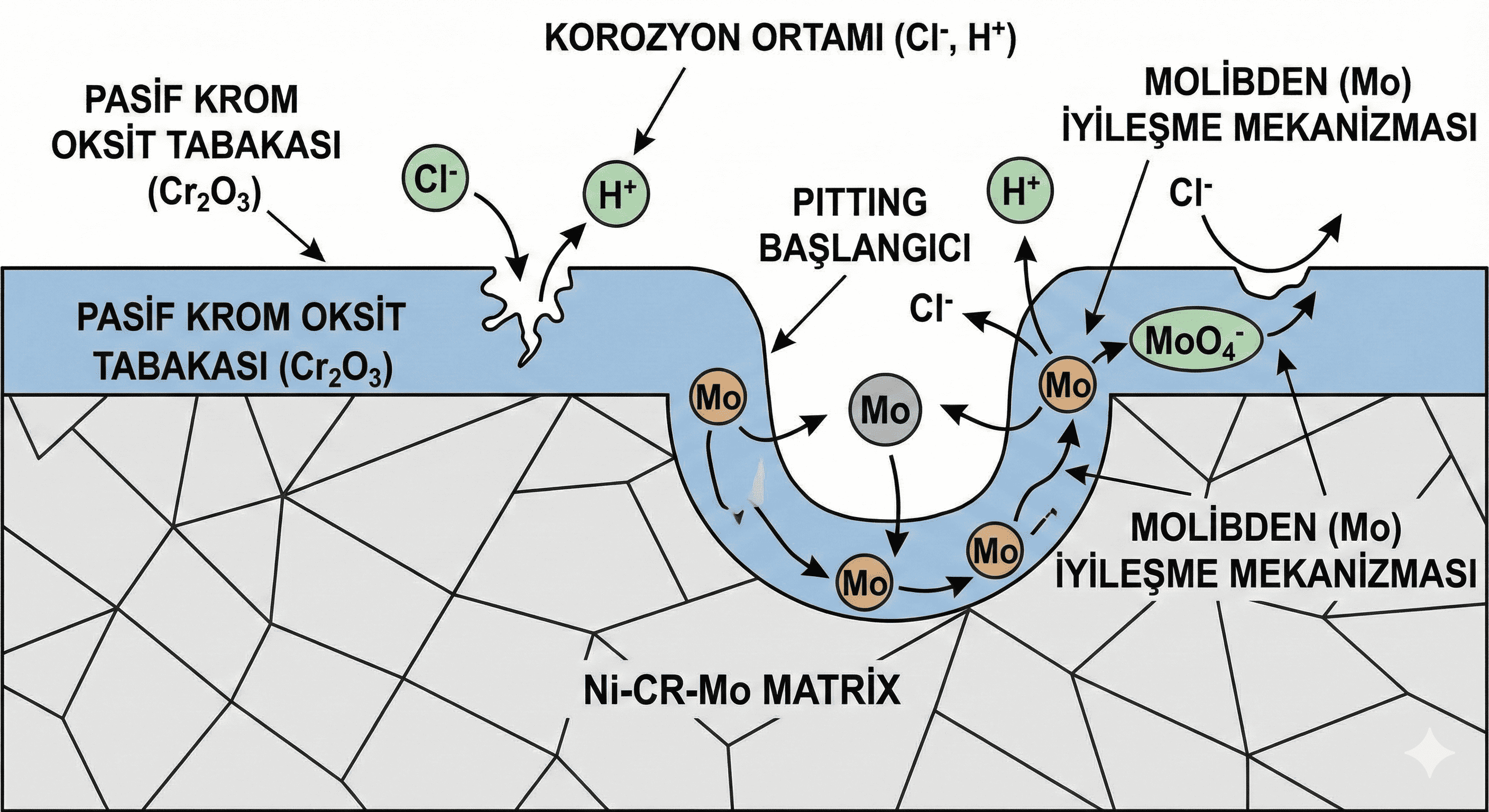Zirconium Oxide Nanoparticles: Properties, Synthesis, and Applications
Introduction
Zirconium oxide nanoparticles (ZrO² NPs) are nanometer-sized particles of zirconium oxide, a material known for its exceptional mechanical strength, thermal stability, and chemical resistance. These nanoparticles exhibit unique properties compared to their bulk counterparts due to their high surface area-to-volume ratio and quantum effects, making them valuable in various fields including materials science, electronics, catalysis, and medicine.
Chemical Properties
- Composition: Zirconium oxide nanoparticles consist of zirconium and oxygen in a 1:2 ratio, represented by the chemical formula ZrO². At the nanoscale, they can exhibit different structural phases, such as monoclinic, tetragonal, and cubic, each influencing their properties.
- Reactivity: ZrO² NPs are chemically stable and resistant to most acids and bases. They exhibit low reactivity in aqueous environments but can be reactive under certain conditions, such as high temperatures or in the presence of strong reducing agents.
- Oxidation States: In ZrO², zirconium is in the +4 oxidation state. This oxidation state contributes to the stability and inertness of the nanoparticles.
- Surface Chemistry: The surface of ZrO² NPs can be functionalized or modified to enhance properties such as dispersion, reactivity, or compatibility with other materials. Surface treatments can improve their performance in various applications.
Physical Properties
- Appearance: Zirconium oxide nanoparticles are typically white to off-white powders. They can also be transparent or translucent depending on their size and the specific synthesis method used.
- Density: The density of ZrO² is approximately 5.68 g/cm³. For nanoparticles, the bulk density may be lower due to aggregation and the high surface area.
- Melting Point: ZrO² has a high melting point of about 2,715°C (4,919°F), which remains relatively consistent in nanoparticle form. This property makes ZrO² NPs suitable for high-temperature applications.
- Mechanical Properties: ZrO² nanoparticles are known for their high hardness, toughness, and wear resistance. These properties are crucial for applications that require durable and long-lasting materials.
- Optical Properties: ZrO² NPs exhibit interesting optical properties, including high refractive index and photoluminescence. Their optical characteristics can be tuned by modifying the particle size and structural phase.
Synthesis Methods
- Chemical Precipitation: This common method involves reacting zirconium salts (such as zirconium chloride or zirconium sulfate) with a base (e.g., sodium hydroxide) to form zirconium hydroxide, which is then calcined to produce ZrO² nanoparticles: Zr(OH)4→ZrO2+4H2OZr(OH)_4 \rightarrow ZrO_2 + 4H_2OZr(OH)4?→ZrO2?+4H2?O
- Sol-Gel Method: In this process, zirconium alkoxides (such as zirconium propoxide) are hydrolyzed to form a gel. The gel is then dried and heat-treated to produce ZrO² NPs. This method allows for precise control over particle size and morphology.
- Hydrothermal Synthesis: ZrO² nanoparticles can be synthesized using hydrothermal methods, where zirconium precursors are reacted in an aqueous solution at high temperature and pressure. This approach provides nanoparticles with controlled size and uniformity.
- Chemical Vapor Deposition (CVD): CVD involves the deposition of zirconium-containing gases onto a substrate in a vacuum. This method produces high-purity ZrO² NPs with precise control over particle size and distribution.
- Green Synthesis: Green synthesis methods use environmentally friendly techniques, such as plant extracts or microorganisms, to produce ZrO² NPs. These methods are considered more sustainable and can be less toxic compared to traditional chemical synthesis methods.
Applications
- Catalysis: ZrO² nanoparticles are used as catalysts or catalyst supports in various chemical reactions, including oxidation, hydrogenation, and photocatalysis. Their high surface area and stability enhance reaction rates and efficiency.
- Electronics: In the electronics industry, ZrO² NPs are used in the manufacture of high-performance capacitors, sensors, and dielectric materials. Their high dielectric constant and insulating properties make them valuable for electronic devices.
- Ceramics: ZrO² NPs are used in advanced ceramics for applications requiring high mechanical strength, toughness, and wear resistance. They are employed in dental materials, cutting tools, and structural ceramics.
- Medicine: In medical applications, ZrO² nanoparticles are explored for use in drug delivery systems, imaging, and diagnostics. Their biocompatibility and stability make them suitable for various biomedical applications.
- Optics: ZrO² NPs are used in optical coatings and high-performance lenses due to their high refractive index and optical transparency. They are employed in applications requiring precise optical properties.
Safety and Handling
- Toxicity: ZrO² nanoparticles are generally considered to have low toxicity. However, inhalation of fine particles can pose health risks, so appropriate safety measures should be taken.
- Protective Measures: Use personal protective equipment (PPE), including dust masks, safety goggles, and gloves when handling ZrO² nanoparticles. Work in a well-ventilated area or fume hood to minimize exposure.
- Storage: Store ZrO² NPs in airtight containers to prevent moisture absorption and contamination. Keep them in a cool, dry place to maintain stability and prevent degradation.
Conclusion
Zirconium oxide nanoparticles offer a range of advantageous properties, including high mechanical strength, thermal stability, and chemical resistance. These properties make ZrO² NPs suitable for various applications in catalysis, electronics, ceramics, medicine, and optics. Understanding their synthesis methods, properties, and safety considerations is essential for their effective and safe utilization in advanced technological and industrial processes.
If you have any more questions or need further details, feel free to ask!





